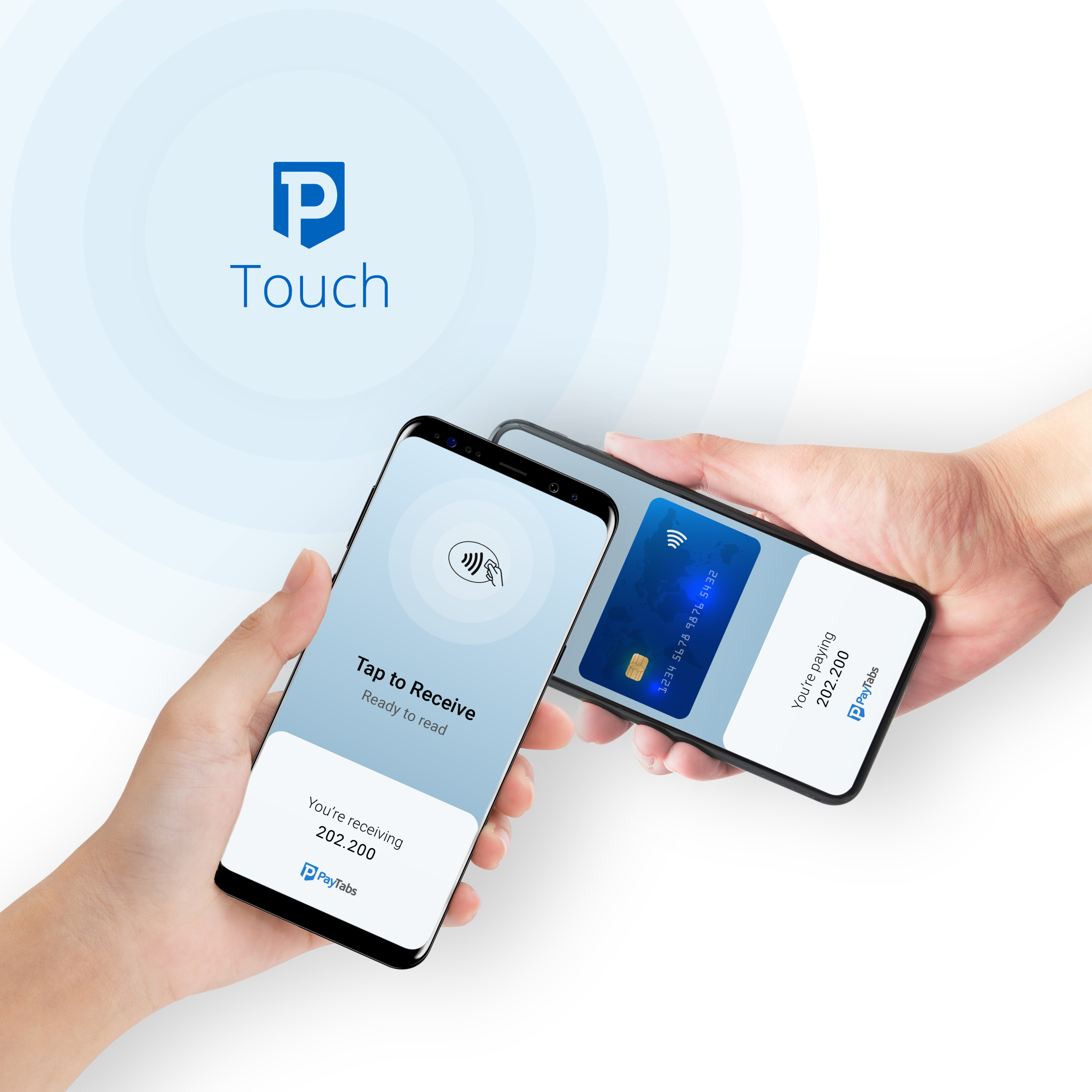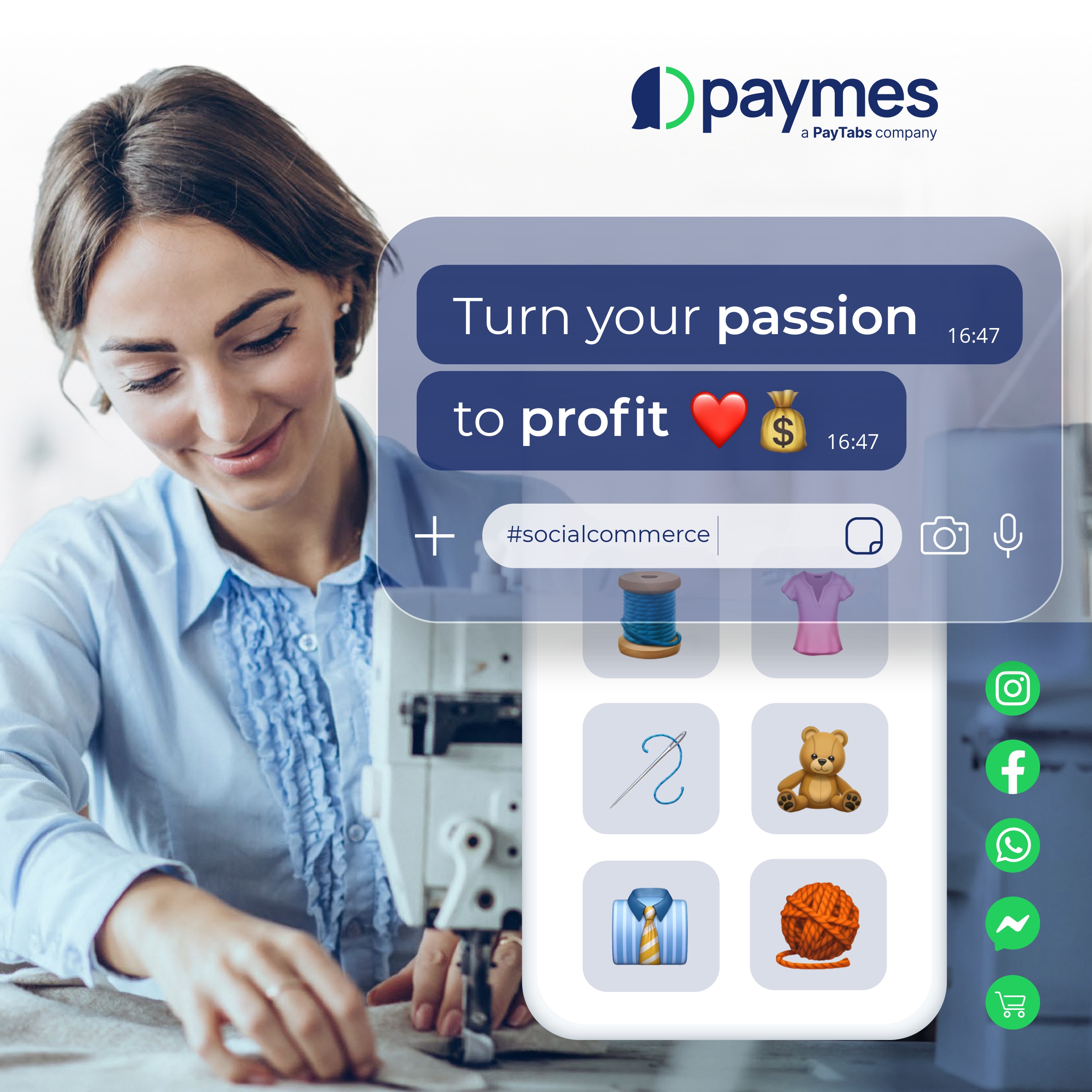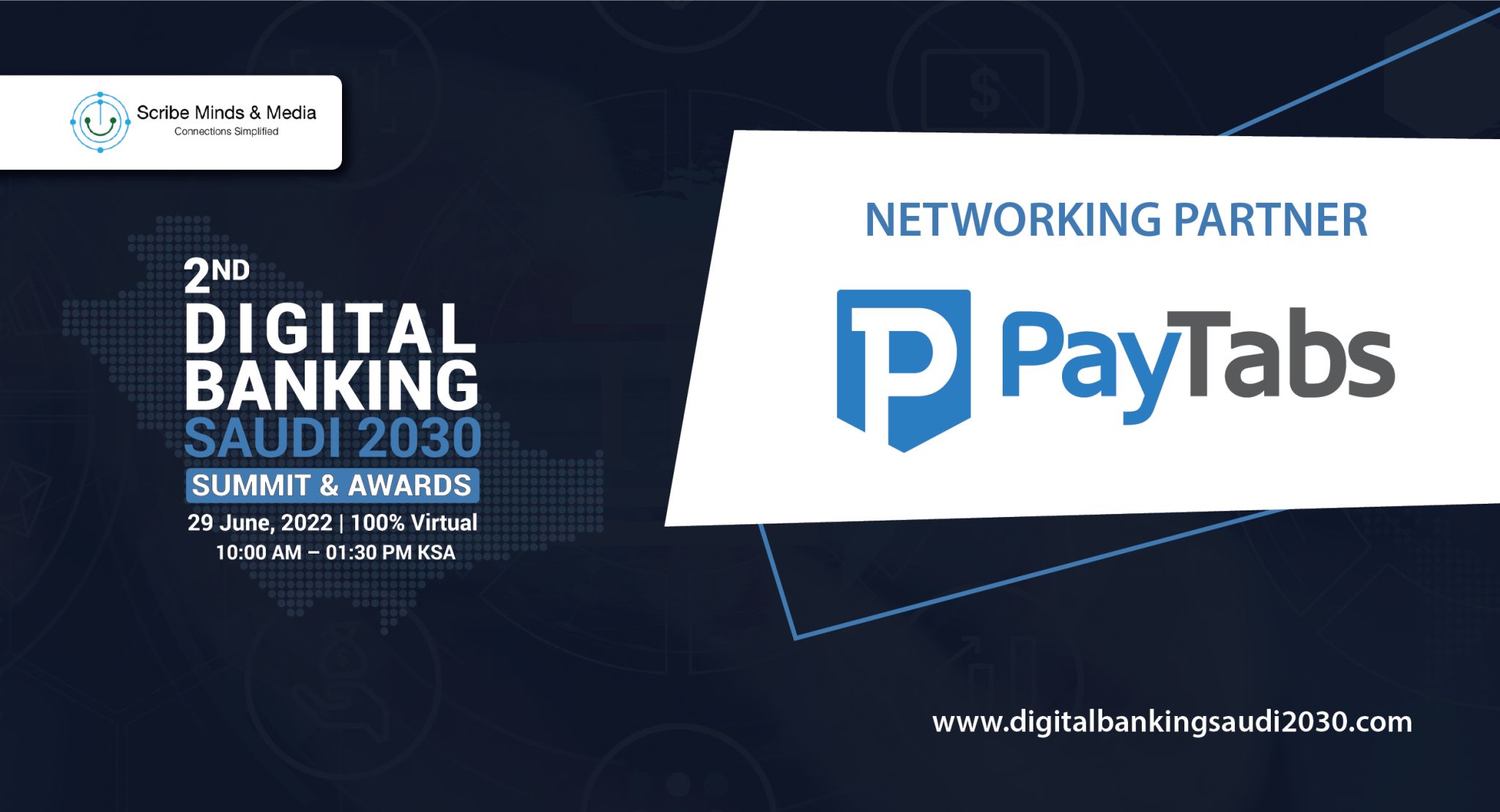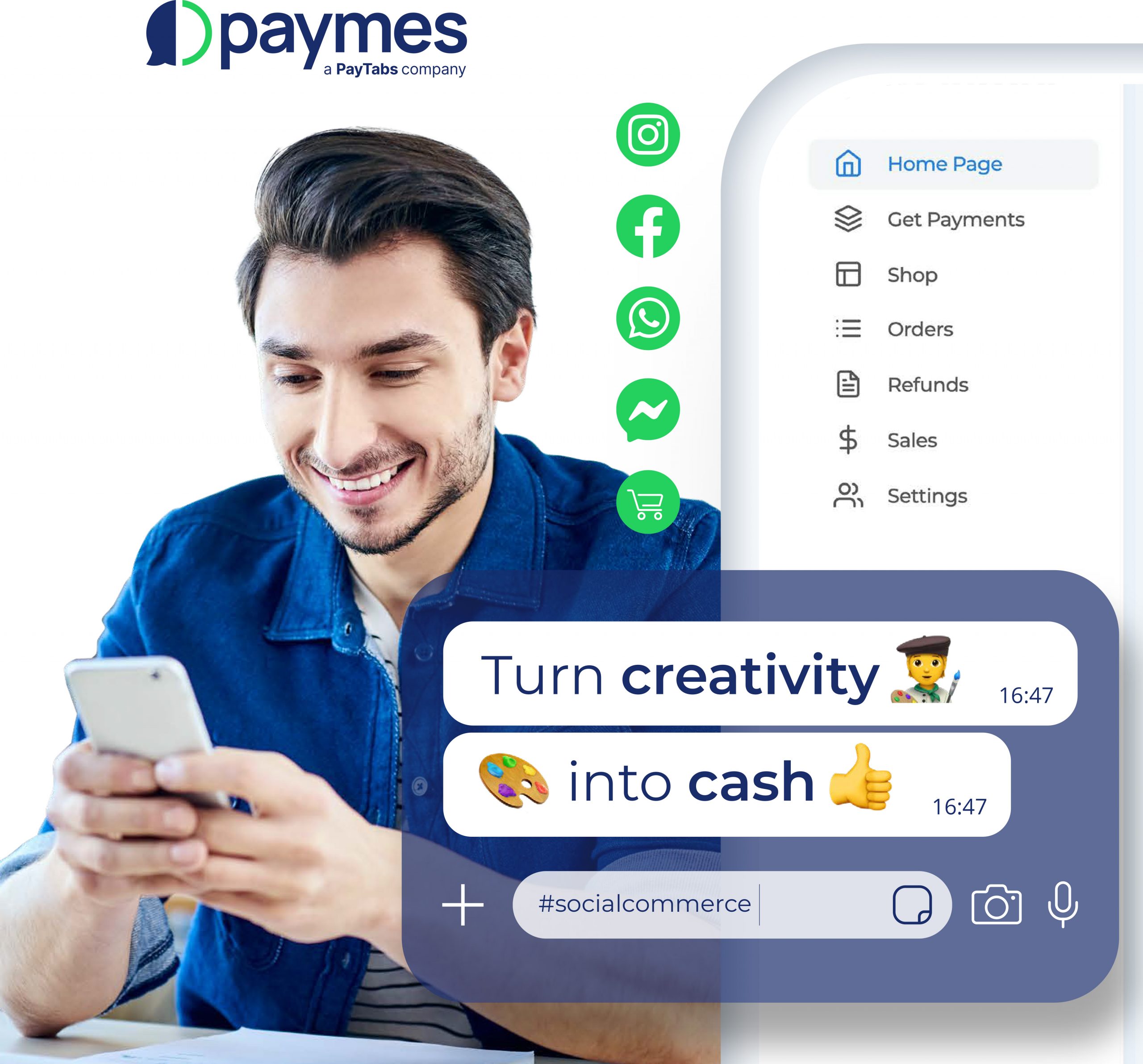
Customer experience in 2022 has drastically changed from what it was just a decade ago. People are now buying their favourite products directly from the store, through their smartphones, from their laptops, and even with the help of voice assistants. Basically, there is more than one channel for selling products as well as accepting payments from the customer. Which brings us to the concept of omnichannel and multichannel transactions.
In the world of eCommerce, multichannel and omnichannel are two buzzwords that are used a lot, and often synonymously. While both these methods have the basic principle of using multiple channels to engage with customers, there is a key difference between them. They are both different strategies for marketing products and communicating with customers.
But before we dive into omnichannel vs multichannel, and debate on which one is better, it is important to understand what these are and what they represent at their core.
Multichannel Transactions
Simply put, multichannel transactions give your customers the ability to pay for something in different ways. For instance, a person can walk into the store, choose a pair of shoes and pay for it through their credit card at the counter. Alternatively, they can open the website of the store, order the same shoes and pay for them digitally. They can even hop onto an eCommerce marketplace to buy the same shoes and pay cash on delivery when the order arrives.
Omnichannel Transactions
One thing that is lacking in a multichannel transaction system is the integration among channels. And that is the problem that an omnichannel system solves. Consider the above example. Imagine that the user orders a pair of your shoes from an eCommerce marketplace. Upon receiving, they don’t like the fit or has some other issues with the shoes and wants to return them. In an omnichannel transaction setting, the customer can simply walk to their nearest store with the shoes, show the cashier the order invoice, and either return the shoes or get a replacement pair.
This seamless integration among different channels enhances the shopping experience of the customer and offers them easy buy, pay, and return options.
Omnichannel vs Multichannel Transactions
There are a few main differences to consider while choosing between omnichannel and multichannel systems. These differences revolve around the purpose and aim of these techniques.
● Customer Focused vs Channel Focused
A key difference between omnichannel and multichannel transactions is their primary focus. While omnichannel transactions aim at providing a seamless experience to customers, multichannel transactions aim at providing different methods for a customer to pay.
Multichannel transactions provide several options to every customer when it comes to paying for something. Be it online, credit card, debit card, cash, digital wallets, or something else. The focus is to retain the customer and ensure that they don’t abandon a deal due to lack of payment options.
Omnichannel, on the other hand, is more focused on customers and how they can engage better with your business. It enables customers to move from one channel to another without any kind of friction. The focus is on the customer and ensuring that there is no break in their experience. This way, if a customer buys something online but wants to return it in person, they won’t face any issues due to a change in the channel or the payment mode.
● Customer Experience vs Customer Engagement
One of the most fundamental differences between both omnichannel and multichannel is that, while an omnichannel transaction is done for improving customer experience, a multichannel transaction is done for increasing customer engagement.
Multichannel transactions try to reach out to as many potential leads as possible to try to convert them into customers. It employs the use of different payment modes, be it digital or traditional, to make sure that more and more people can do business.
On the other hand, omnichannel transaction delivers a consistent experience to customers who already know about the business and have engaged with it on previous occasions. This form of transaction won’t care about whether the customer bought the shoes from a store, website, or on a sale online. It will rather focus on providing a superior customer experience by capturing transaction details and past orders from different channels.
● Quality vs Quantity
While multiple channels are great for engagement, they can cause a problem when it comes to providing guidance and support. Which means, a customer who buys a product through a third-party eCommerce platform won’t find any support from the brand as it was not bought from their channel. The same can happen for unsuccessful payments, with payment being deducted but the order not getting placed, because the channels are not integrated with each other.
In an omnichannel transaction system, customer conversations and interactions are stored, so that they can be served properly and efficiently. No matter which channel or medium they use to buy a product, their information will be captured in the company’s CRM and will be available to support executives to be used as a reference.
Which is Better?
So, when it comes to omnichannel vs multichannel, both have pros and cons. Multichannel transactions may be more convenient for customers, as they can choose the channel that best suits their needs. Omnichannel transactions, on the other hand, provide a more seamless and integrated experience for customers.
Ultimately, the best approach for your business will depend on your products, services, and target market. If you’re selling products that are best purchased in-store, then a multichannel approach may be ideal. If you’re selling services or products that can be purchased online or through a mobile app, then an omnichannel approach may be the way to go.
Whatever method you choose, remember that having a robust payment solution is vital for your business. in this regard, PayTabs is one of the best omnichannel payment solutions available and will help you provide a seamless experience to your customers and sell your products or services across the world.




 Madeline Miller
Madeline Miller




 Sara Sparrow
Sara Sparrow